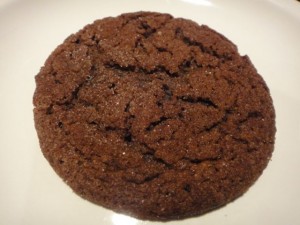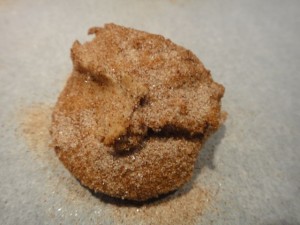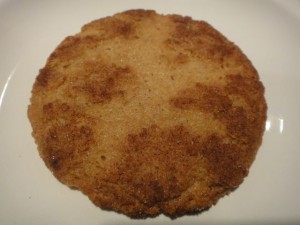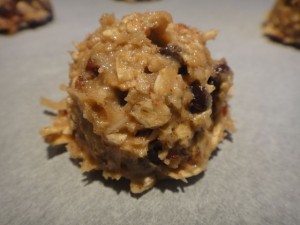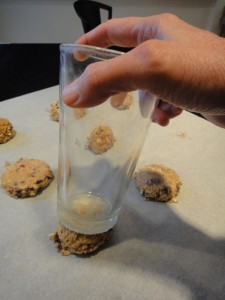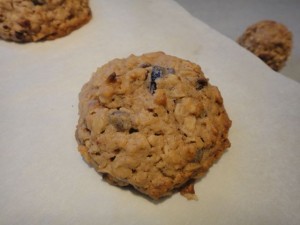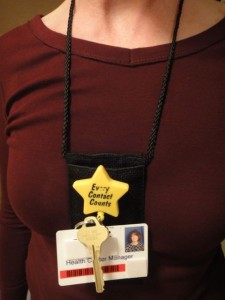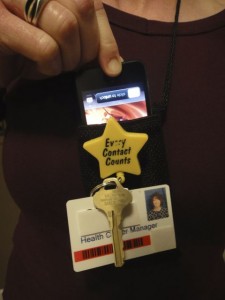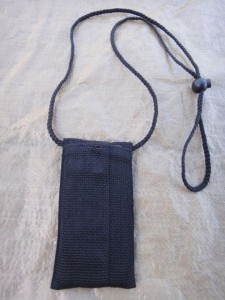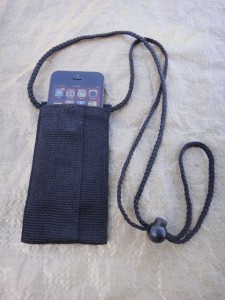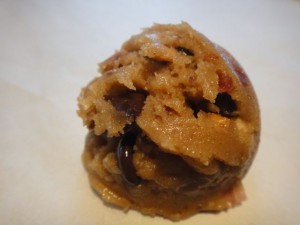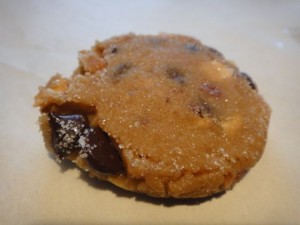Tad’s Mexican Cookies
My head has been around Mexican cookies for a while. I recently made some Mexican Sugar Cookies and took them to work. The recipe was created by a Mexican woman. They seemed to me like cookies someone really might find in Mexico. I didn’t like them. They were too dry and not sweet enough for my taste. Having lived in Mexico for two years, I am familiar with Mexican taste in such treats. I was pretty sure any “Mexican” cookies would have to be adjusted for an American taste for me to like them.
Debra, one of my blog followers, sent me Mexican Hot Chocolate Cookies. That recipe was almost identical to the Snickerdoodle recipe I got from Peg, a nurse I worked with in Alabama twenty-five years ago. Here is what I came up with when I kind of messed around with them all. Try them with and without the cocoa.
Here they are with cocoa as the recipe is written.
Source:
Peg the Nurse, Debra the Badtadmd.com Fan and Tad
Yield:
48
Ingredients:
2 ½ cups all purpose flour*
½ cup unsweetened cocoa powder*
2 teaspoons cream of tartar
1 teaspoon baking soda
¼ teaspoon salt
1 teaspoon anise seeds, ground**
1 pinch chipotle chile powder
½ cup butter, at room temperature
½ cup shortening
1 ½ cup brown sugar
2 large eggs
1 tablespoon vanilla
½ cup granulated sugar
2 tablespoons cinnamon
Directions:
Heat oven to 400 degrees with racks in upper and lower thirds of oven.
In a medium bowl, sift together flour cocoa powder, cream of tartar, baking soda, salt, ground anise and chile powder. Set aside.
In large bowl, using an electric mixer on medium speed, beat butter, shortening and brown sugar until light and fluffy, about 2 minutes. Scrape down sides of bowl. Add eggs and vanilla. Beat until smooth.
With mixer on low, gradually add flour mixture and beat until combined.
In a small bowl, combine granulated sugar, and cinnamon.
Using a two-tablespoon scoop, form balls of dough. Roll each in cinnamon-sugar mixture and place on parchment-line baking sheets.
Bake until cookies are set in center and begin to crack, about 10 minutes, rotating sheets half way through. (I switch the locations of the sheets on the racks and rotate them 180 degrees as well.)
Remove to wire racks to cool.
Notes:
* Non-chocolate variation: substitute 1/4 cup flour for the cocoa. Several people liked these better. Here is what they look like:
** I have a stone mortar and pestle I use to grind the seeds. You can use a blender but you will probably need to grind a larger amount.


